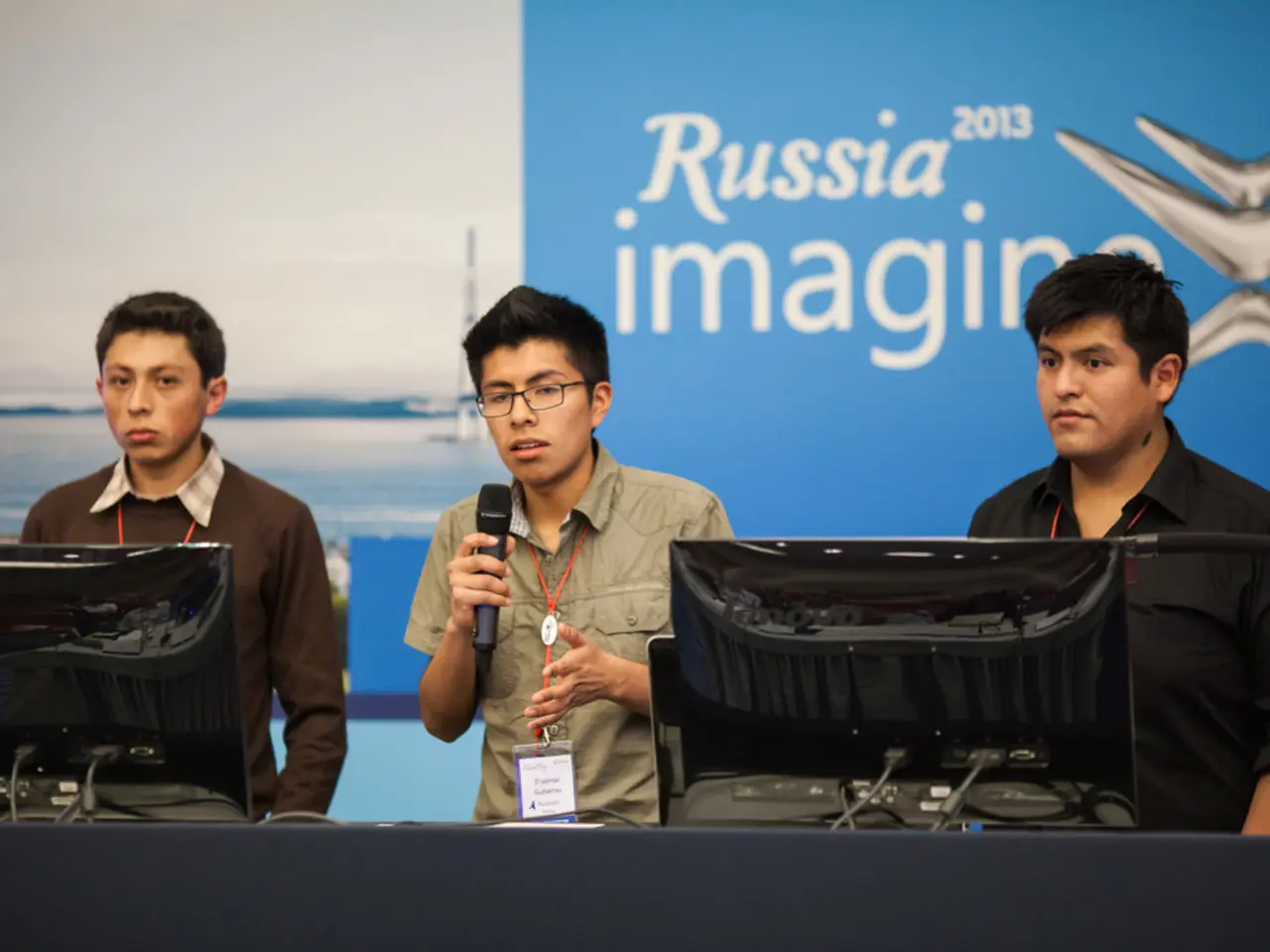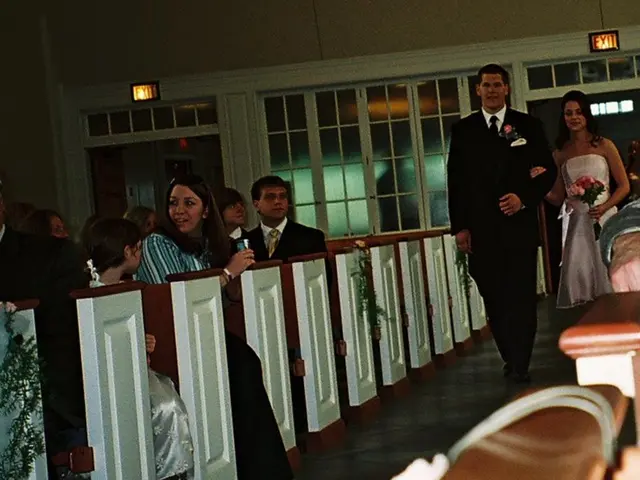Disclosed: Talks Surrounding the "Palestinian Model" in Ukraine's Context
In the realm of international politics, two long-standing conflicts have captured global attention: the Russia-Ukraine conflict and the West Bank issue in Palestine. While both involve disputes over territory and sovereignty, they differ significantly in nature, negotiation context, and territorial control.
Russia's control over approximately 20% of Ukraine's territory, including the eastern Donbas region, is a result of an active war and large-scale invasion. Negotiations, stalled due to Russia's insistence on security guarantees and territorial concessions, have not advanced towards a meaningful peace deal. Ukraine, constitutionally forbidden from ceding land, vehemently rejects any territorial compromises.
In contrast, the West Bank of the Jordan River, a territory under Israeli occupation since 1967, is characterised by a protracted occupation with intermittent negotiations and a different political structure. The conflict revolves around sovereignty, control, and contested claims, but features different historical, legal, and political frameworks than the Russia-Ukraine situation.
The West Bank has seen partial Palestinian self-rule under the Palestinian National Authority (PNA), which controls approximately 40% of the territory, while Israeli authorities manage the remaining 60%. This arrangement, established after the Oslo Accords, has been marred by ongoing tensions and disputes over borders, settlements, and sovereignty that have persisted for decades, without a final-status resolution.
Recent discussions between Russia and the U.S., involving Ukrainian and European leaders, centre on the possibility of some territorial exchange or "land swapping," but there is no clear agreement or concrete proposal regarding Moscow’s control over occupied Ukrainian territories. The impasse is coupled with ongoing fighting and mutual distrust, with Russia rejecting proposals from European leaders and continuing military operations.
In the West Bank, negotiations are ongoing but unresolved, with intermittent peace processes and no final resolution in sight. The comparison between these two conflicts highlights fundamental differences in conflict dynamics, negotiation context, and territorial control. The Russia-Ukrainian conflict currently features active war and territorial control by force embedded in failed peace talks, whereas the West Bank is characterised by a protracted occupation with intermittent negotiations and a different political structure.
| Aspect | Russia-Ukraine Conflict | West Bank in Palestine | |---------------------------------|---------------------------------------------------|------------------------------------------------| | Nature of conflict | Active war, invasion, ~20% territory occupied by Russia | Long-term occupation, no ongoing full-scale war | | Territorial control | Military control by Russia | Israeli occupation with limited Palestinian self-rule | | Negotiations | Stalled, Russia insists on security role and territory concessions, Ukraine rejects land loss | Ongoing but unresolved, negotiations over borders, settlements | | Legal/political framework | Ukraine’s constitution forbids ceding land | No recognized final-status; UN resolutions and international law involved | | Status of peace talks | No concrete peace agreement, direct talks limited | Intermittent peace processes, no final resolution |
- The escalating Russia-Ukraine conflict, marked by an active war and territorial control through invasion, has been stalled due to negotiations revolving around security guarantees and territorial concessions, with Ukraine resisting any land loss.
- In contrast, the West Bank conflict, characterized by a long-standing occupation without an ongoing full-scale war, involves negotiations over borders, settlements, and sovereignty, with intermittent peace processes but no final resolution in sight.







